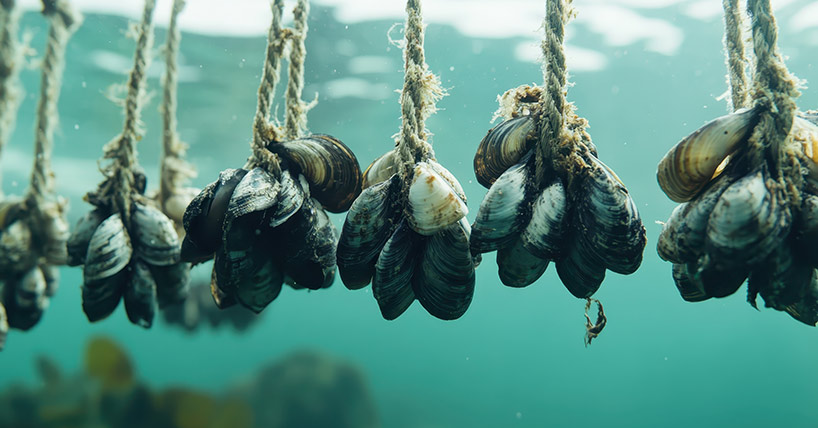Deep Sea
World's deepest waters becoming 'ultimate sink' for plastic waste
Published on: 27 February 2019
Scientists say it is likely no marine ecosystems are left that are not affected by pollution.
The world’s deepest ocean trenches are becoming “the ultimate sink” for plastic waste, according to a Newcastle University study that reveals contamination of animals even in these dark, remote regions of the planet.
For the first time, scientists found microplastic ingestion by organisms in the Mariana trench and five other areas with a depth of more than 6,000 metres, prompting them to conclude “it is highly likely there are no marine ecosystems left that are not impacted by plastic pollution”.
The paper, published in the Royal Society Open Science journal and reported in The Guardian, highlights the threat posed by non-biodegradable substances in clothes, containers and packaging, which make their way from household bins via dump sites and rivers to the oceans, where they break up and sink to the floor.

Deepest places on earth
The study, led by Newcastle University’s Dr Alan Jamieson, Dr Will Reid and Dr Thom Linley, has uncovered evidence that not only have plastics now reached the deepest chasms of our oceans but they are being ingested by the animals that live there.
The team tested samples of crustaceans found in the ultra-deep trenches that span the entire Pacific Ocean - the Mariana, Japan, Izu-Bonin, Peru-Chile, New Hebrides and Kermadec trenches.
These range from seven to over 10 kilometres deep, including the deepest point, Challenger Deep in the Mariana Trench, at a staggering 10,890 metres deep.
Using state-of-the-art facilities, they examined 90 individual animals and found ingestion of plastic ranged from 50% in the New Hebrides Trench to 100% at the bottom of the Mariana Trench.
The fragments identified include semi-synthetic cellulosic fibres, such as Rayon, Lyocell and Ramie, which are all microfibres used in products such as textiles, to Nylon, polyethylene, polyamide, or unidentified polyvinyls closely resembling polyvinyl alcohol or polyvinylchloride - PVA and PVC.
Ultimate sink
“It is intuitive that the ultimate sink for this debris, in whatever size, is the deep sea,” says Dr Jamieson, who was part of the research team involved in the BBC's Blue Planet II.
Once the materials reach these areas – often deeper below the surface than Mount Everest is high above it – the waste has nowhere else to go, he says.
“If you contaminate a river, it can be flushed clean. If you contaminate a coastline, it can be diluted by the tides. But, in the deepest point of the oceans, it just sits there. It can’t flush and there are no animals going in and out of those trenches.”
The effects on deep-sea species are as yet unclear, though scientists speculate they will experience the same problems of blocked digestive tracts and restricted mobility as creatures at higher depths. They may also be more vulnerable because the trenches are food-scarce ecosystems, which prompts scavengers and predators to gobble up anything they can find.
Jamieson said some new species are being discovered that have never been seen in an uncontaminated state.
“We have no baseline to measure them against. There is no data about them in their pristine state,” he said. “The more you think about it, the more depressing it is.”
Further details of the research and footage of the deep sea exploration can be found at: https://www.ncl.ac.uk/press/articles/archive/2017/11/plasticocean/
Article courtesy of The Guardian



